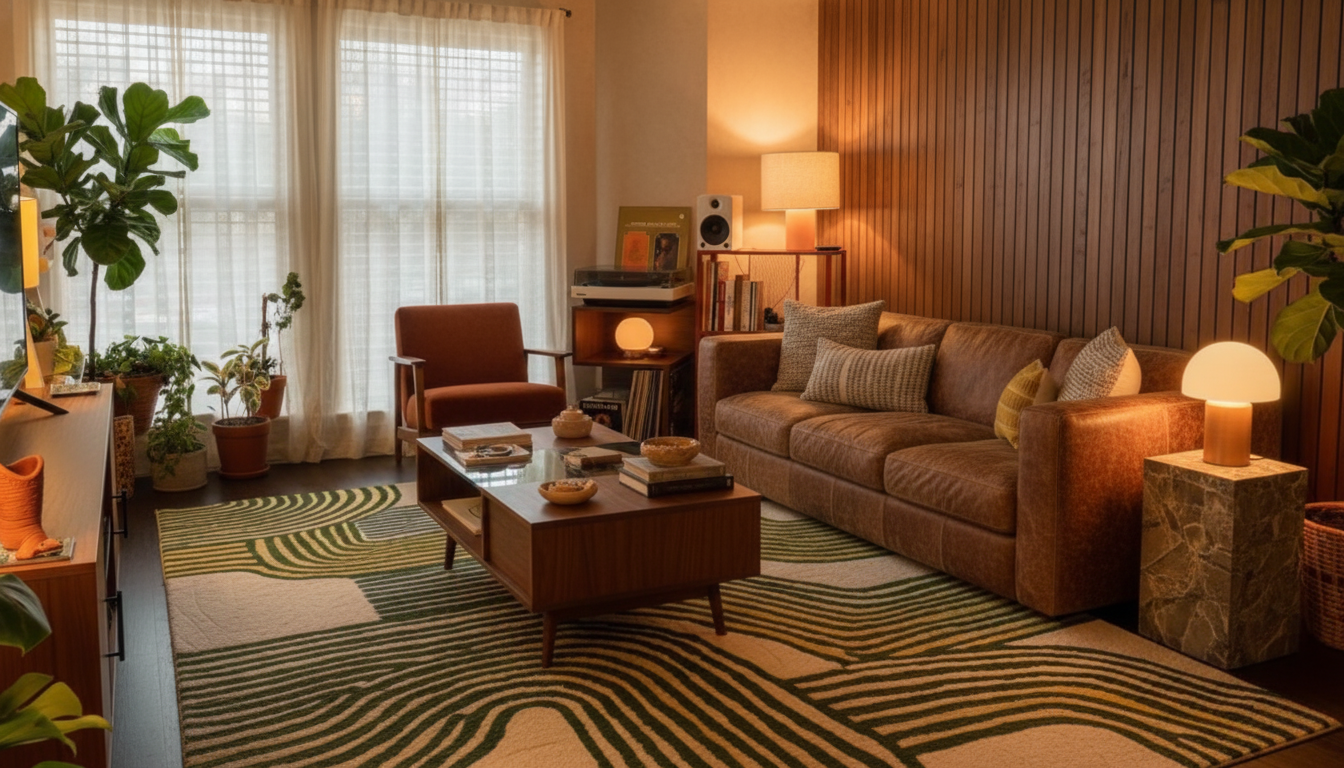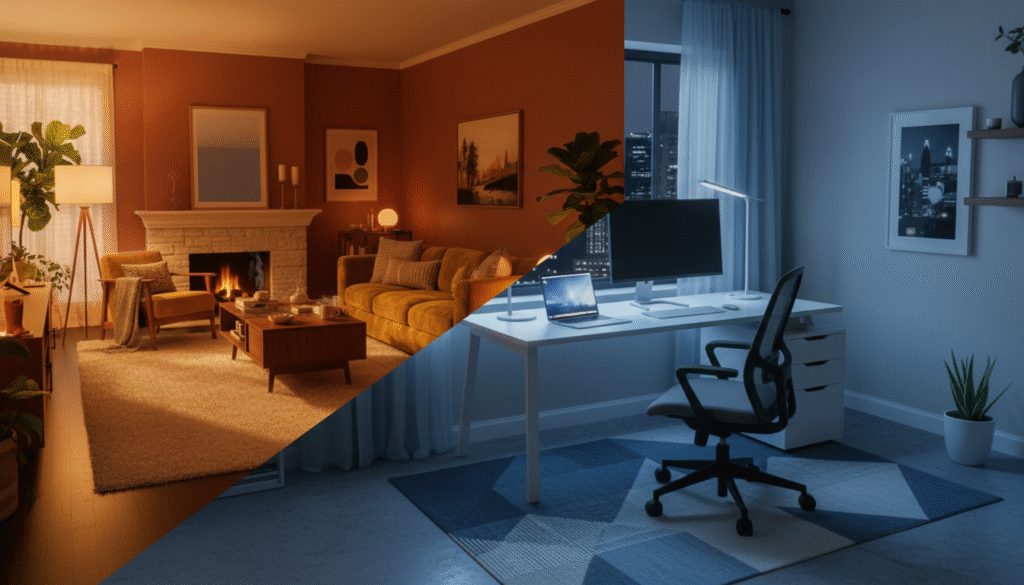
Lighting Ideas for Every Room
Lighting might be the most underestimated element in home design. We spend hours choosing furniture, colors, and decor, but light is what truly brings a room to life. It shapes how we see everything else — the way wood feels warmer under soft bulbs, or how evening light spilling across the floor can make a space feel calm and safe. Thoughtful lighting doesn’t just illuminate a home; it creates atmosphere, rhythm, and emotion.
The best lighting plan starts with how you want a space to feel. A kitchen might need brightness and clarity, a place for focus and energy. A living room might call for something softer and layered, shifting from daylight to evening without losing its warmth. Bedrooms crave intimacy — pools of gentle light that invite you to rest. Each space has its own story, and light is how you tell it.
When you think about lighting, it helps to imagine it in layers. There’s the main light — the one that fills the room and helps you see everything. That’s your foundation. Then there’s task lighting, focused on the places where you read, cook, or work. And finally, there’s ambient or accent lighting — the kind that sets mood, draws attention, and gives a room its personality. When all three layers work together, even the simplest space feels intentional and alive.
Natural light is, of course, the most beautiful of all. It’s dynamic and honest, changing throughout the day in a way artificial light can’t quite mimic. If you’re lucky enough to have large windows, let them do the work. Keep window coverings light and airy so the sunlight can pour in. Position mirrors where they can catch and reflect it deeper into the room. If your space doesn’t get much daylight, don’t worry — soft, warm bulbs can replicate that gentle glow and make evenings feel cozy instead of harsh.
When choosing fixtures, it’s easy to think of them purely as functional, but they can also be sculptural, almost like jewelry for the home. A statement pendant over a dining table or a sleek wall sconce beside the bed adds both shape and atmosphere. Try mixing materials — brass or matte black for sophistication, rattan or linen for something more organic. Good lighting design isn’t about matching everything; it’s about balance and intention.
Dimmers are one of those small luxuries that make a huge difference. The ability to control brightness instantly changes the mood. You can go from vibrant morning light to a soft evening glow with just a touch. If you can, invest in dimmable lights for main rooms — they let you adjust the space to your energy rather than forcing you into one level of brightness all day.

Color temperature is another subtle but important detail. Warm light tends to feel comfortable and inviting, while cooler light feels more energizing and focused. Try keeping cooler tones in workspaces like the kitchen or office, and warm tones in bedrooms and living areas. It’s not just aesthetic — it affects how you feel and function throughout the day.
And then there’s the emotional layer — the one that can’t be measured in watts or lumens. Lighting can be a kind of storytelling. The glow of a lamp on a rainy evening, the soft flicker of candles during dinner, the way fairy lights can make a small balcony feel like a secret retreat. These moments matter more than perfect symmetry or design rules. They make a house feel human.
If you’re just beginning to think about lighting your space, start small. Add a floor lamp where you read. Replace a cold bulb with a warmer one. Try layering light instead of relying on a single overhead fixture. Little by little, you’ll notice how these choices change the way you experience your home — how mornings feel clearer, how nights feel calmer.
Light is emotion disguised as design. It’s what turns rooms into experiences. When you get it right, everything else — your furniture, your art, your colors — finally feels complete. It’s the quiet detail that makes a house feel alive, even after the sun goes down.
